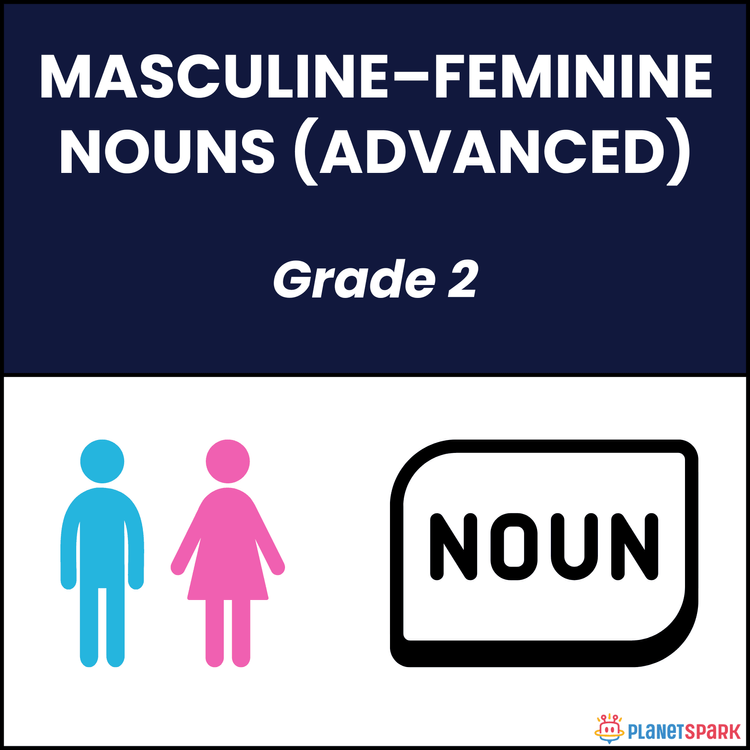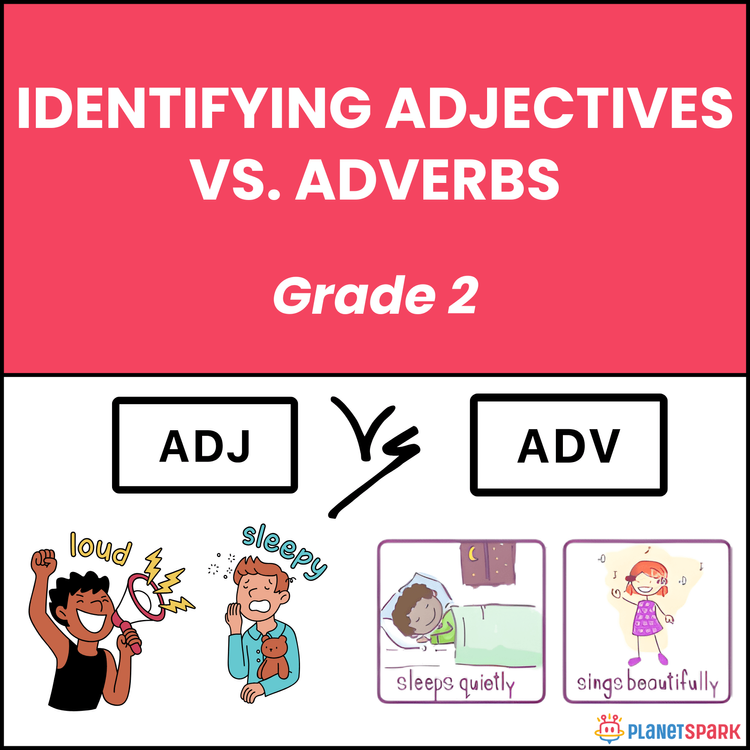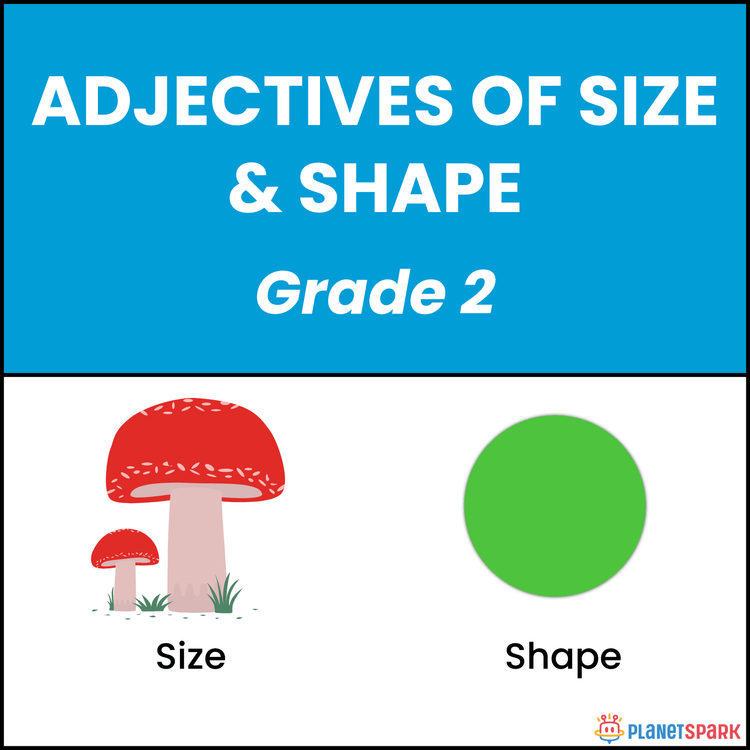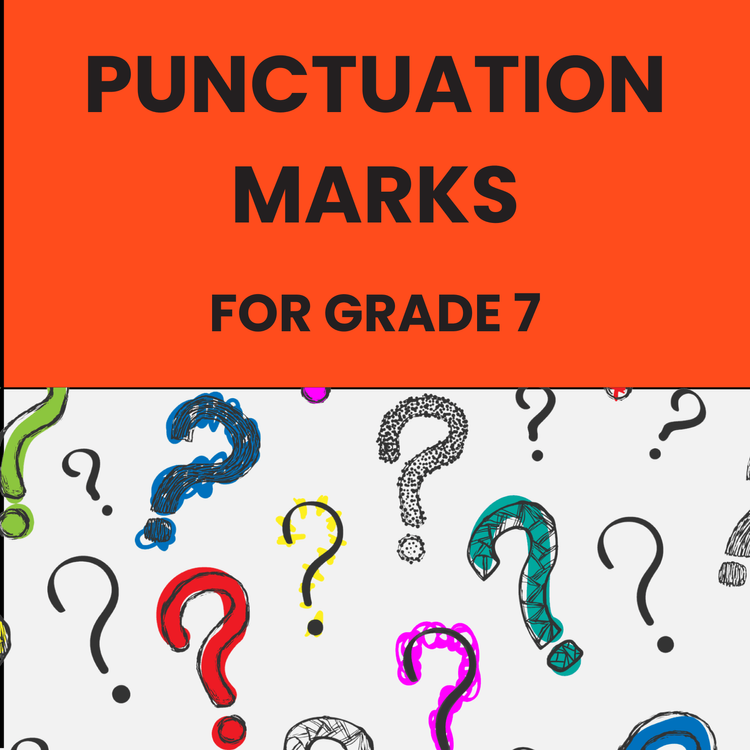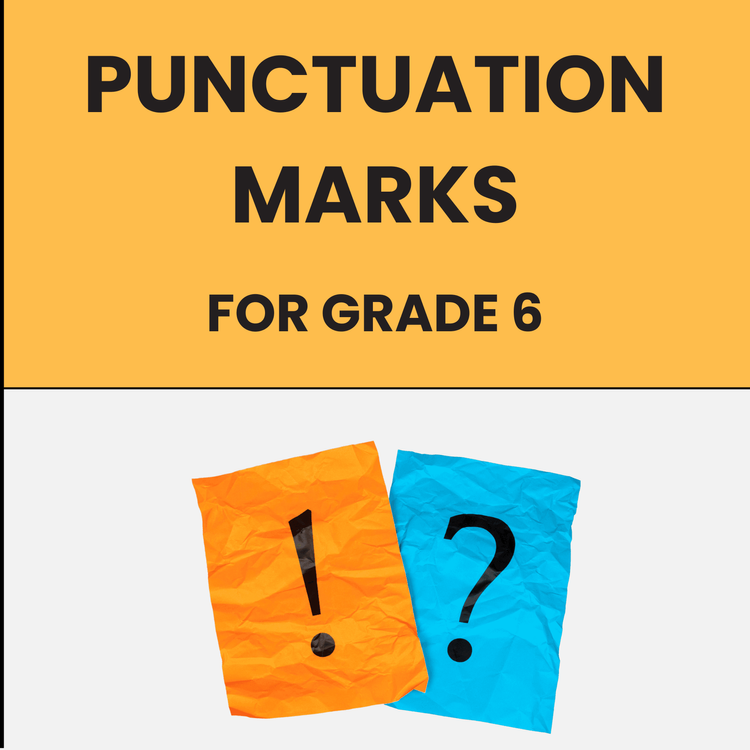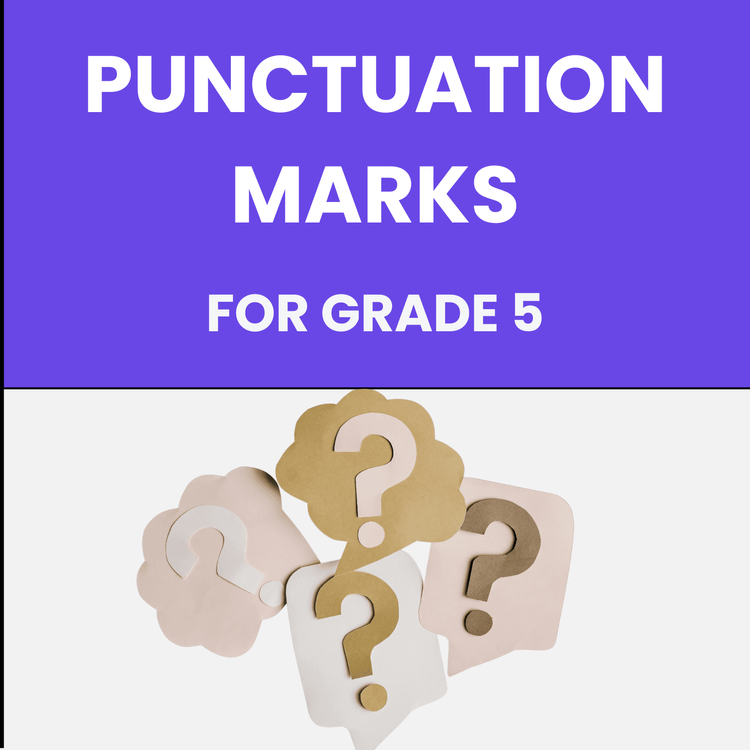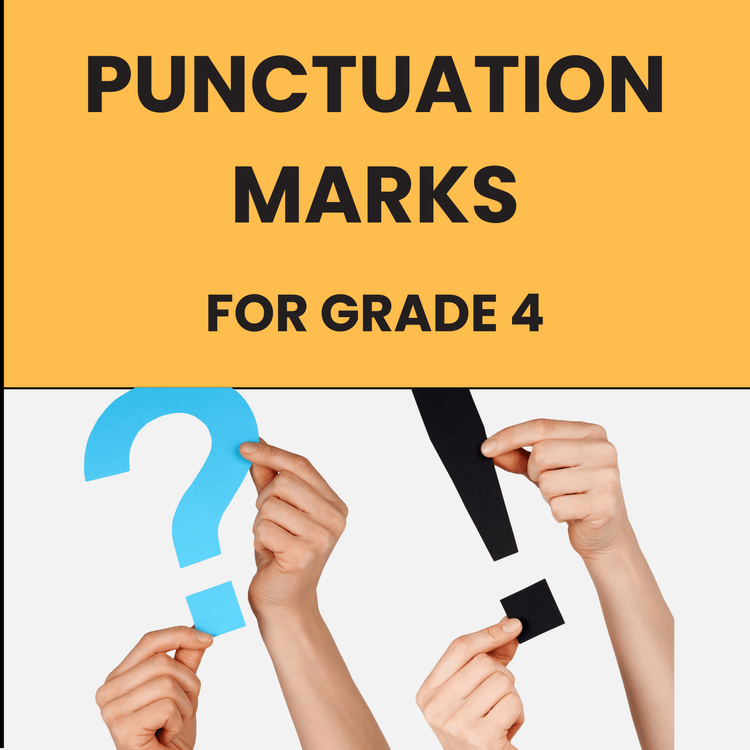Class 2 Grammar Worksheet on Simple Present Tense
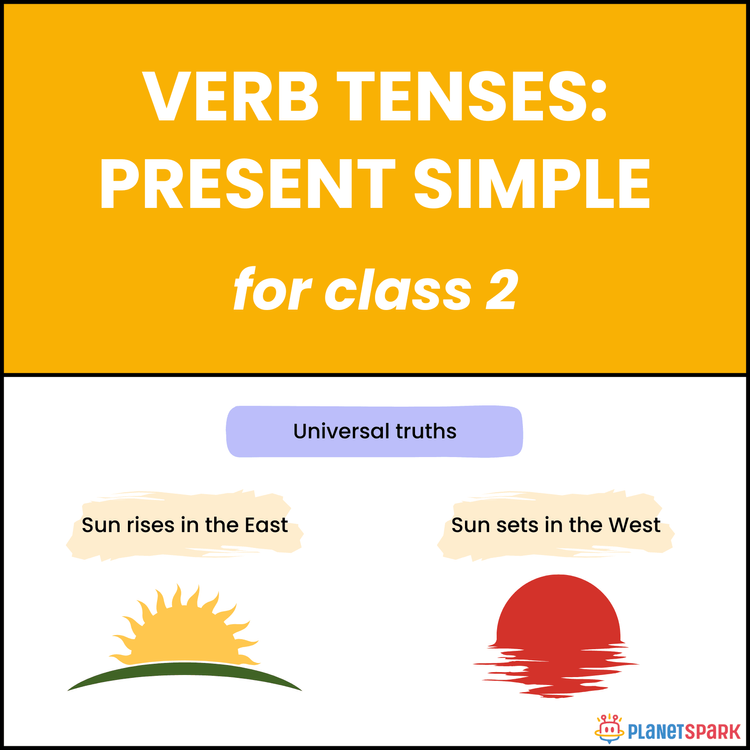

Class 2 Grammar Worksheet on Simple Present Tense
Everyday Habits in Action: Simple Present Tense for Class 2
This engaging Grade 2 worksheet introduces the Simple Present Tense — the form used to describe daily habits, general truths, and repeated actions. Through a variety of activities like multiple-choice questions, true or false identification, fill in the blanks, sentence rewriting, and paragraph writing, learners build a clear understanding of how to use verbs correctly in everyday communication.
Why the Simple Present Tense Matters in Grammar?
The Simple Present Tense helps children describe routines and facts confidently. For Grade 2 learners, this topic is essential because:
1. It strengthens sentence-building and subject-verb agreement.
2. It encourages awareness of regular actions and habits.
3. It improves both spoken and written fluency.
4. It prepares students for more complex tenses in higher grades.
What’s Inside This Worksheet?
This worksheet includes five well-structured grammar activities designed for young learners:
🧠 Exercise 1 – Multiple Choice Questions
Students identify the correct Simple Present sentences, questions, and negatives.
✏️ Exercise 2 – True or False
Children mark ‘T’ for correct Simple Present usage and ‘F’ for incorrect forms, reinforcing grammar awareness.
📋 Exercise 3 – Fill in the Blanks
Students complete daily-routine sentences using present tense verbs like.
📝 Exercise 4 – Sentence Rewriting
Learners rewrite sentences in positive, negative, and question forms to understand structure and meaning shifts.
📖 Exercise 5 – Paragraph Writing
Students fill blanks in a short passage describing an evening routine using correct Simple Present verbs.
✅ Answer Key (For Parents & Educators)
Exercise 1 – Multiple Choice Questions
1. a) Sia eats breakfast at 8.
2. b) Rohit does not play now.
3. a) Rahul goes to school daily.
4. b) The sun rises in the east.
5. a) Does Ria read books?
6. b) I love to draw pictures.
7. a) He does not drink tea.
8. a) We walk to school every day.
9. b) My father drives to office.
10. a) The dog barks at strangers.
Exercise 2 – True or False
1. T
2. T
3. F (You help your friends in class.)
4. F (It sings loudly in the morning.)
5. F (They play cricket in the park.)
6. F (We eat lunch at noon.)
7. F (I drink milk every night.)
8. T
9. T
10. T
Exercise 3 – Fill in the Blanks
1. makes
2. brushes
3. takes
4. eat
5. gets
6. stops
7. reads
8. drinks
9. go
10. sleep
Exercise 4 – Sentence Rewriting
1. He does not eat apples every day.
2. They play cricket.
3. Rahul goes to school daily.
4. Does she sing songs?
5. Ria does not love painting.
6. Do you like mangoes?
7. We do not visit the park on Sunday.
8. Does my dog run fast?
9. He does not read a storybook.
10. Do they swim in the pool?
Exercise 5 – Paragraph (Sample Completion)
1. come
2. keep
3. drink
4. rest
5. do
6. pack
7. play
8. read
9. return
10. take
11. eat
12. sit
Help your child express daily routines and simple facts confidently with this Class 2 Simple Present Tense worksheet — the perfect grammar-building tool for early learners!
🔖Book a free trial!
Frequently Asked Questions
Verb tenses show when an action happens—past, present, or future—in English sentences.
By matching sentences with correct time expressions like yesterday or today.
Students often mix present and past verbs; clear examples reduce confusion.
